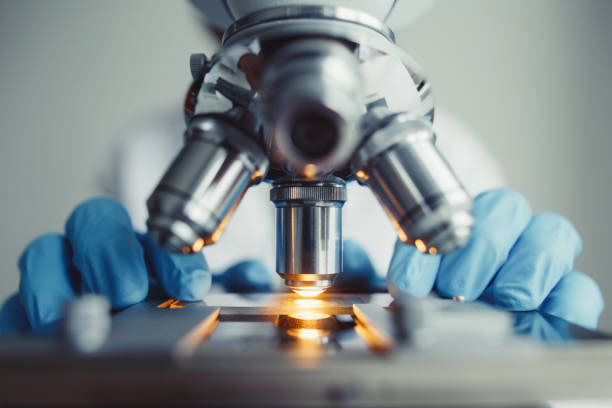Regenerative medicine involves the use of materials that can replace or regenerate cells, tissues and organs to restore normal function. It includes treatments that can heal chronic injuries, such as arthritic joints.

A promising development is embryonic stem cells, which can develop into any major kind of cell in the body. These cells have the potential to treat many diseases that currently have no cures.
Stem cells
Stem cells have the potential to grow into any cell type in your body. They are the building blocks of tissues like skin, blood, and bone. Scientists can use stem cells to make specialized cells to treat specific diseases or conditions.
For example, if you have Parkinson’s disease, scientists could turn stem cells into brain cells to replace the damaged ones that cause uncontrolled movements. They might also turn them into heart cells to repair a diseased heart. Or they might turn them into pancreatic cells to provide insulin for people with type 1 diabetes, browse this site.
Researchers are working on ways to change regular adult cells into stem cells by changing genes, a process called cellular reprogramming. This would allow them to use reprogrammed cells in transplants and avoid the problem of immune rejection that can occur with embryonic stem cells. They can also study how the reprogrammed cells develop to better understand how diseases and tissues work.
Tissue engineering
The human body has a remarkable ability to heal itself. A cut on the skin heals, broken bones mend and cells that are damaged in a heart attack regenerate in a matter of weeks. Imagine if scientists could harness this natural healing process to treat disease and injury, .
Tissue engineering is a field that uses living cells to grow biological substitutes for damaged tissues and organs inside the human body. It’s a multidisciplinary research area that encompasses disciplines as varied as stem cell biology, 3D printing and cell signaling.
Scientists are developing methods of building scaffolds from biodegradable materials and seeding them with cells that can then grow into new tissue. They’re also working on ways to deliver chemicals that can guide cell growth and prevent them from forming malignant cells or cancer. One mind-tickling application of this technology is the development of “artificial meat”. Scientists have grown muscle cells, a form of tissue called myocytes from skeletal muscles, in a lab to create a kind of fake meat.
Organ transplants
Many patients with chronic diseases, including cancer, heart disease and autoimmune conditions, require replacement of damaged tissue or organs. This is the goal of regenerative medicine, which also encompasses medical technologies that restore function to dysfunctional cells and tissues. Regenerative medicine is the shorthand term for many emerging fields, including cell and stem cell therapy, tissue engineering, biomechanical prosthetics, genetic therapies and recombinant drug treatments.
Organ transplantation has proven a successful treatment for patients with serious disease, but it is not without challenges. Patients who undergo solid organ transplants can suffer from life-threatening complications, such as rejection and graft failure.
To overcome these barriers, LUMC researchers in this subtheme, building on strong bone marrow transplantation and immunology expertise, are working toward the following key goals:
Personalized medicine
The use of personalized medicine has the potential to revolutionize regenerative therapy, and it may improve patient outcomes. However, it is crucial to understand the nuances of each individual in order to achieve the best results. This will help ensure that the treatment will be effective and safe for each patient.
Personalized medicine involves customizing a patient’s care and treatment plan based on their unique characteristics and health history. It can be achieved through genetic testing, which allows doctors to better predict a patient’s response to certain drugs and treatments.
Conclusion:
Regenerative medicine is a field that uses engineering and robotics to create medical devices and artificial organs to replace failing ones. It also uses stem cells to develop healthy new tissue and repair damaged ones. These therapies can be very expensive, but the benefits are enormous. They can save lives and restore a sense of normality to people suffering from chronic diseases. They can even reverse degenerative conditions and prevent further damage to tissues and organs.
